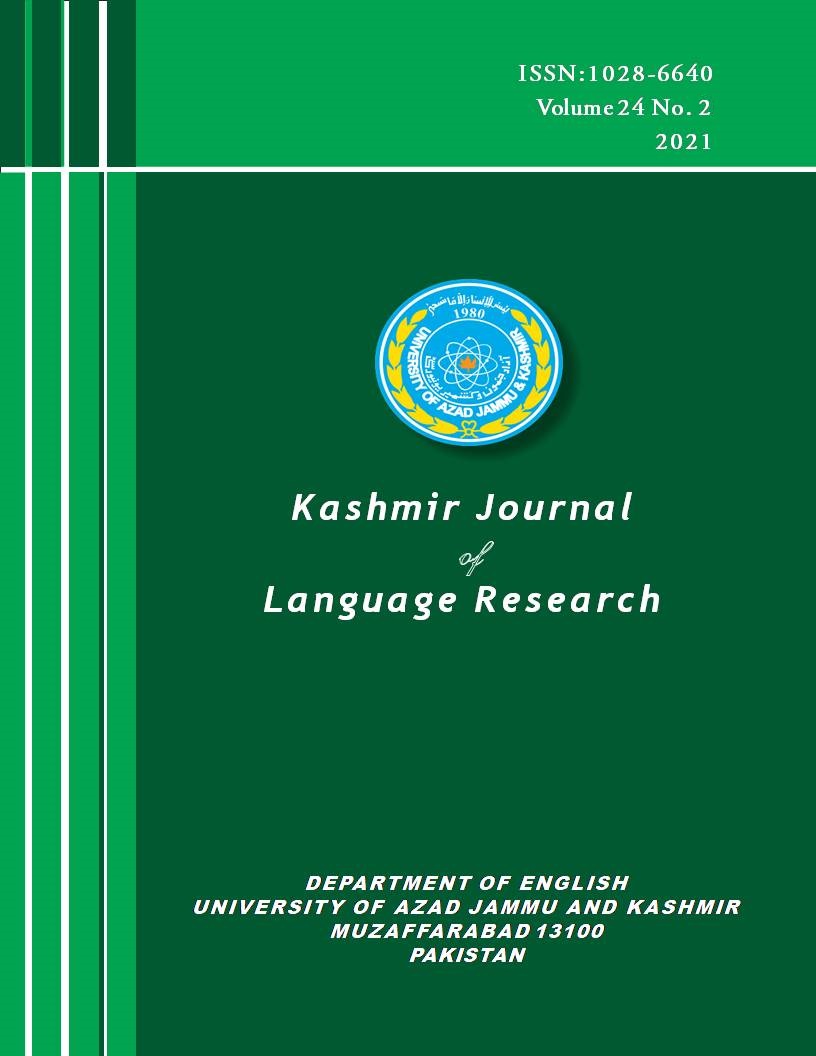Comparative Examination of Female Representation in English Textbooks of Azad Jammu and Kashmir and Punjab Textbook Boards for Secondary Level
Keywords:
Female representation, Textbooks, AJKTB, PTB, Stereotypes, NCEL, values and attributes, diversity and equalityAbstract
Textbooks have been considered an essential element of the National Curriculum and are important in embedding and constructing ideologies through the use of language. The National Curriculum for English Language (NCEL, 2006) has outlined certain standards for the development of textbooks, of which gender is one bench mark embedded in “values and attributes” and “diversity and equality”. Our textbooks generally represent women in their contents but many of the studies (Masud, 2017; Ullah & Haque, 2016; Bloomberg, 2015; Jabeen, Chaudhary & Omer, 2014; Ullah, Ali & Naz, 2014; Hussain, Naseer & Asfar, 2010; Hussain & Asfar, 2009; Durrani, 2008; Mirza, 2004; Mattu & Hussain, 2003) show that the representation is quantitative in nature. The quality of that representation is stereotypical. In contrast to this stereotyping, the present study intends to compare secondary level English textbooks of two textbook boards, Punjab and Azad Jammu and Kashmir (AJK) which are developed following the standards of the National curriculum because apparently, the contents of Azad Jammu and Kashmir Textbook Board (AJKTB) reflect a fairly high amount of contents on women in comparison with Punjab Textbook Board (PTB). The comparison has been drawn on the representation of female characters in the textbook contents by using Fairclough’s “Three Dimensional Model” for discourse analysis. The study found out that woman representation in AJK textbooks is not only quantified but the quality of the contents is also trying to break the stereotypical positioning of women in the society. Whereas, the female characters in the textbooks of PTB are either not representing women or the representation is in quantitative form which is based on the stereotypical form of symbolization. Therefore, the study calls for the revision of the contents of PTB following the benchmarks of “values and attributes” and “diversity and equality” in their true spirit.

Downloads
Published
Issue
Section
License
Copyright (c) 2022 Kashmir Journal of Language Research

This work is licensed under a Creative Commons Attribution 4.0 International License.




